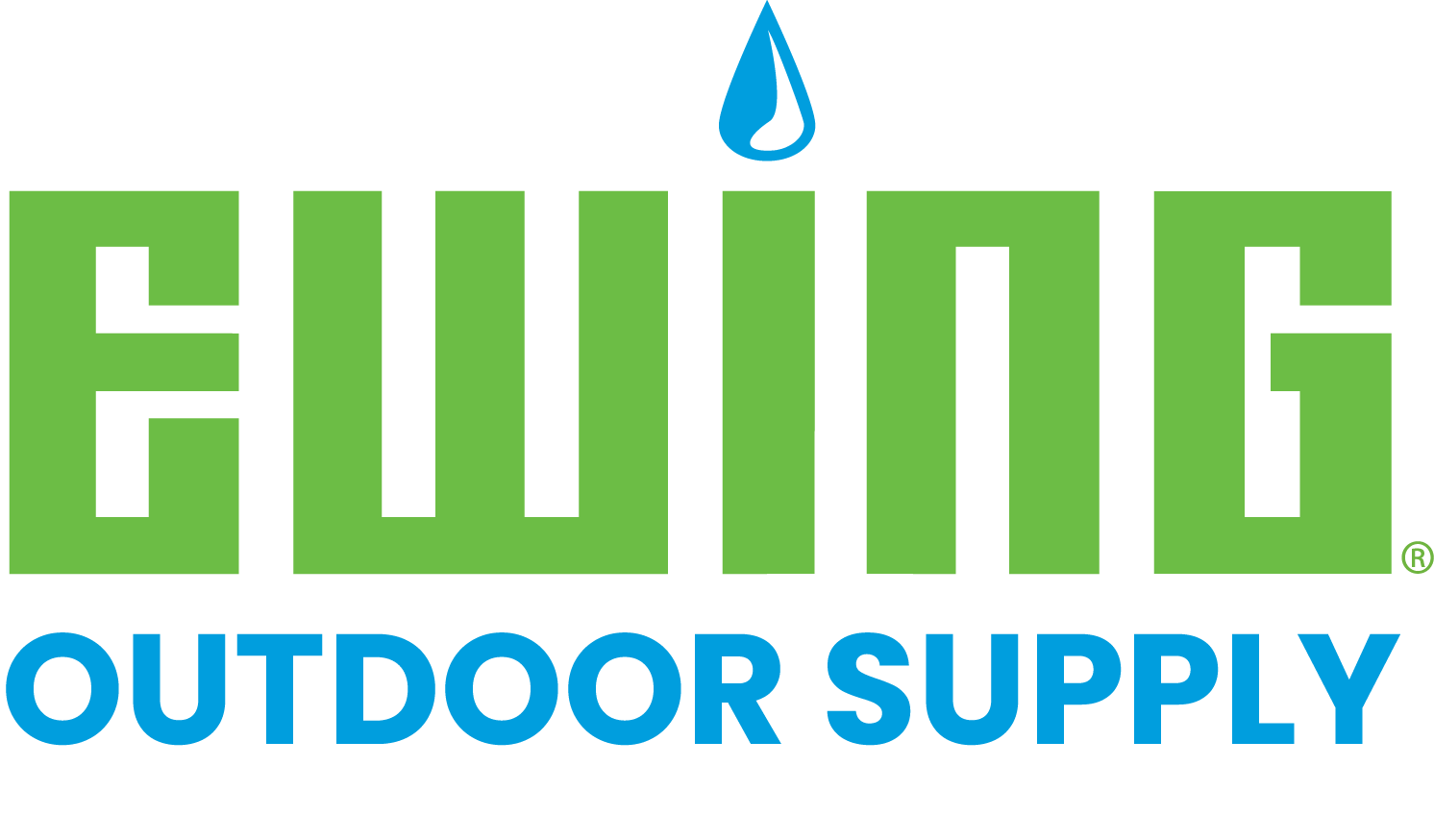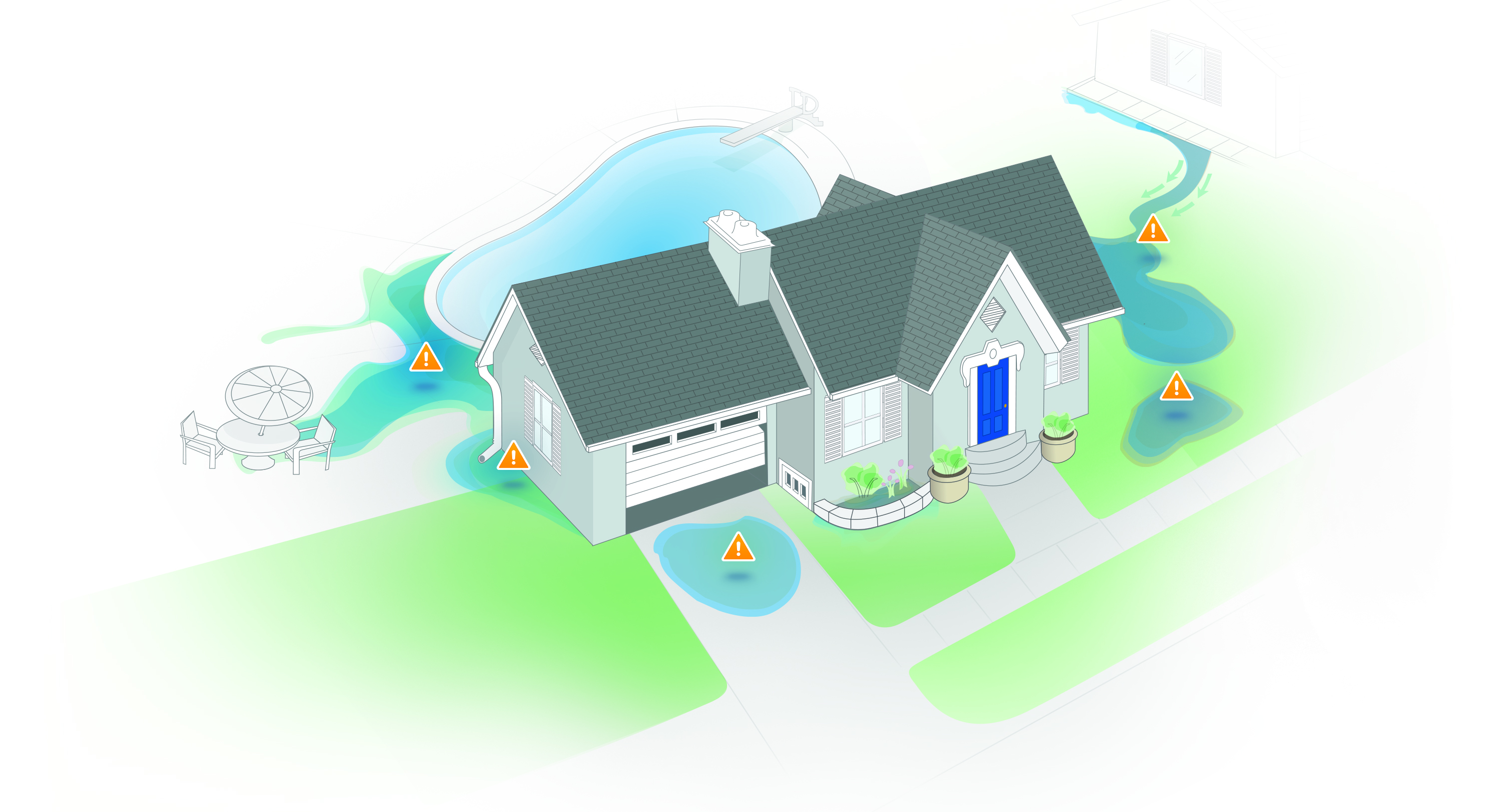Measuring a site in need of surface drainage doesn’t have to be a struggle. Follow these steps to understand the factors that affect your drainage solutions, and the tools you’ll need to evaluate them.
Two important factors to take into consideration are the soil type (which affects absorption) and the slope (which affects runoff amounts). But you can’t measure these by eye—you’ll need to be scientific about it, and you’ll need the right tools.
First determine how much water the soil can absorb
To know your site, you will want to know its soil and absorption capabilities. Clay soil, with its smaller voids, has less water movement, while sandy soil has greater water movement. Use a soil probe to quickly establish your soil type and its moisture content.
Next calculate the slope
Here’s some math to keep in mind: for each foot of elevation drop over a 100-foot length, you get one percent of slope. So, a two percent slope means you have 2 feet of elevation change over 100 feet at your site. The greater the slope, the more runoff there will be—and therefore less absorption by the soil.
Not every site will stretch so far, so alter your math to accommodate for smaller sites. For a 10-foot length, a fall of 0.2 feet (that is, about two inches) will give you a two percent slope. To maximize the efficiency of your site’s drainage, go with a one percent slope for hardscapes and a two percent slope for turf and landscapes.
Pick up a measuring wheel from your local Ewing store before you start measuring elevation drops. For more advanced calculations, check out these drainage calculator features from NDS on their website.
Now measure the grade
With site level in hand, you can find the absolute lowest spot in a potential drainage area. Make your measurements exact, because exceeding the two percent standard for slope can cause erosion problems later on.
Is your site a hardscape area, or an open landscape? For hardscapes like driveways, patios and parking lots, grade the area to slope away from structures and toward turf, drains or sewer gutters.
For drainage in landscapes, create a swale—a downward-sloping area to collect water and make it flow away to lower ground. If this solution is impractical for your site, install an appropriately sized catch basin with drain pipe as an alternative.
Lastly, know your erosion control options
For open areas, your work isn’t finished yet. After creating the swale, you will need to stabilize the area to prevent erosion. Your local Ewing team can advise you on your options, whether it’s planting new turfgrass seed, installing porous pavers like Xeripave, or even grass pavers like Grass-Cels from Landscape Products.
Discover drainage solutions with Ewing
Whether you are creating drainage solutions for a single yard or an office park, and whether it’s an individual application like a channel drain or an entirely new system, Ewing can help you make the work affordable and efficient. Visit your local Ewing and ask about the drainage solutions available to you.




